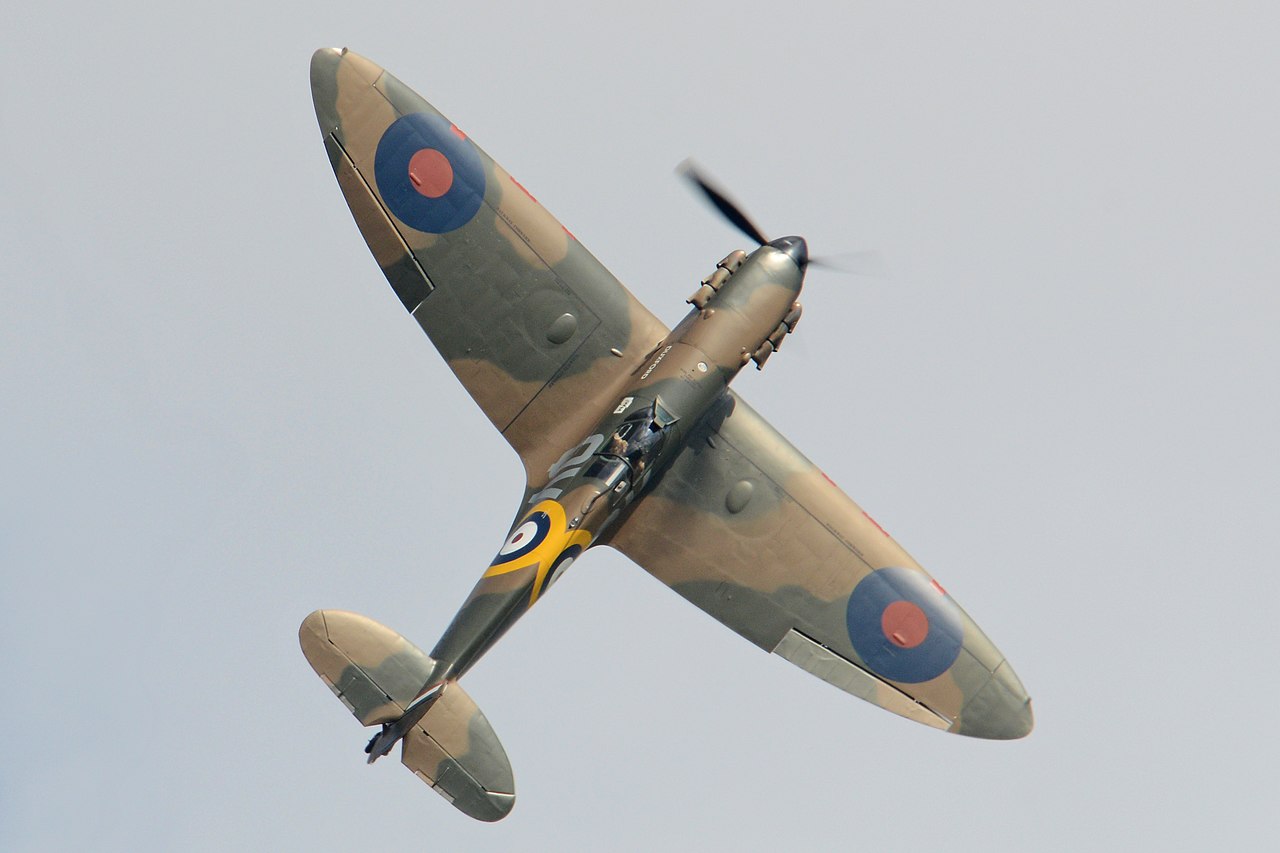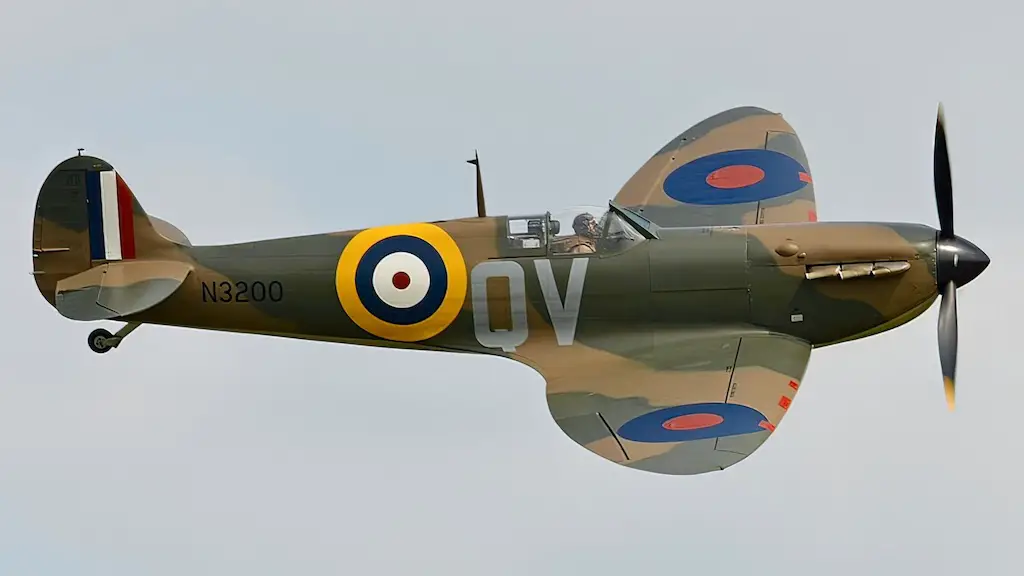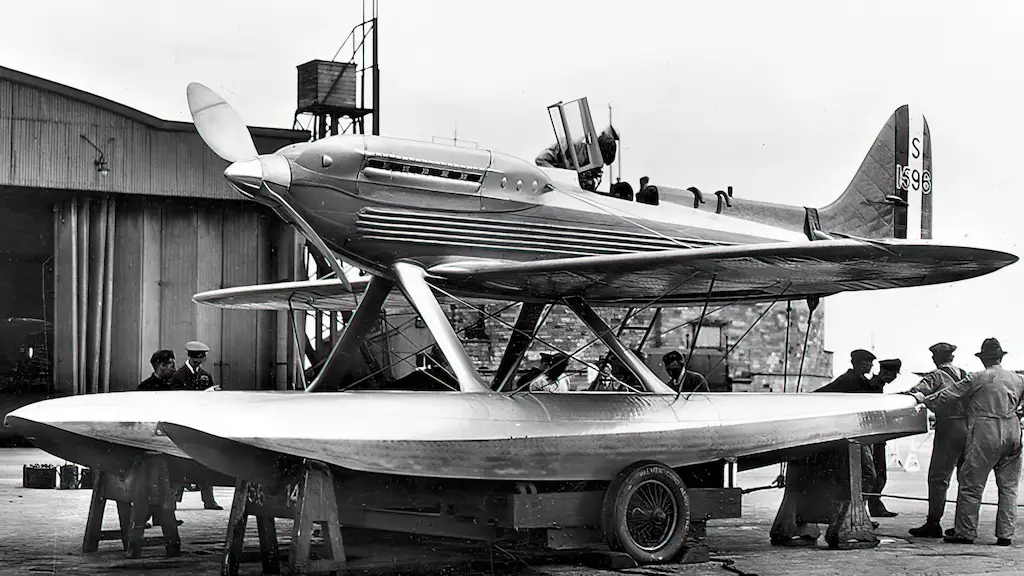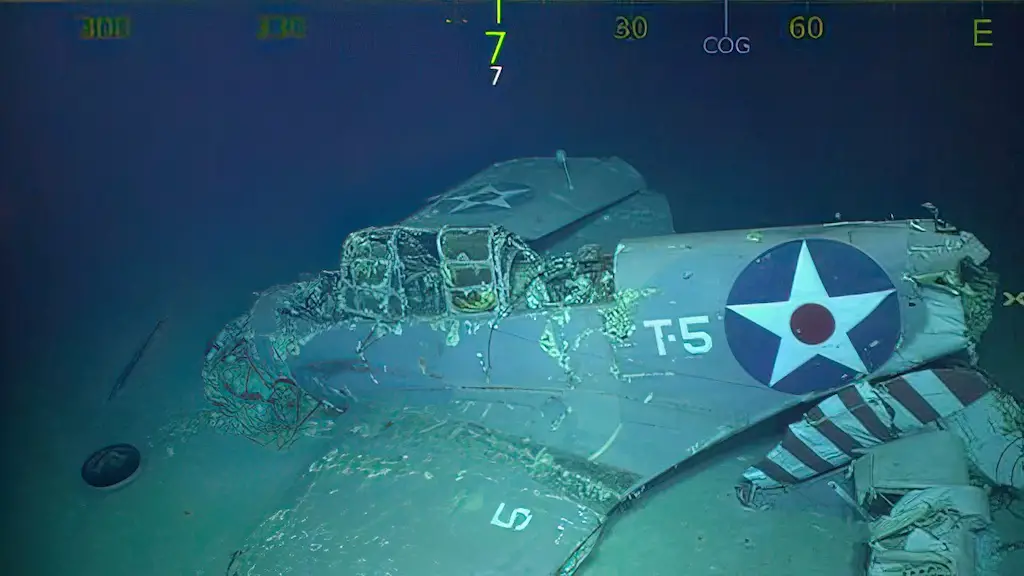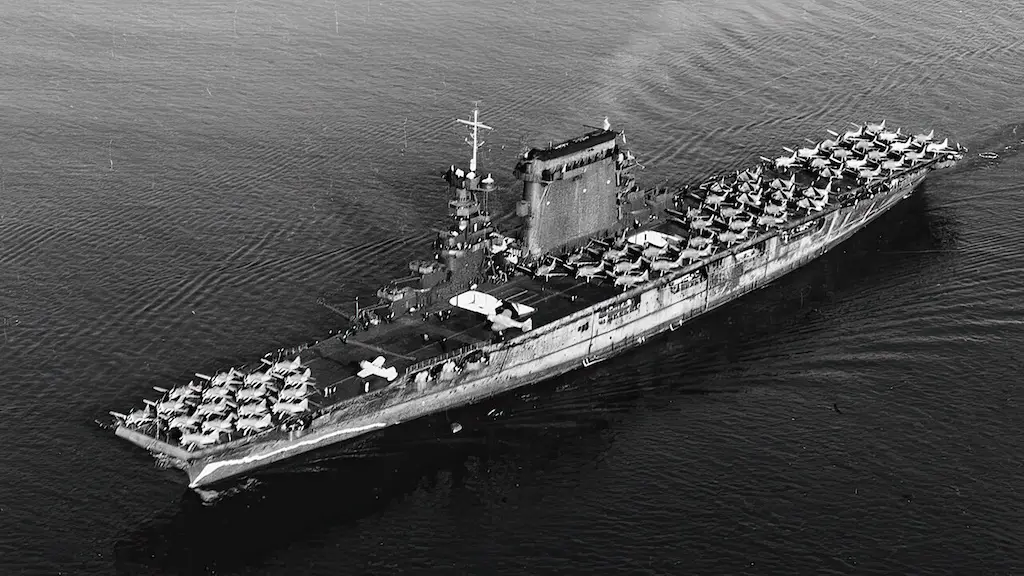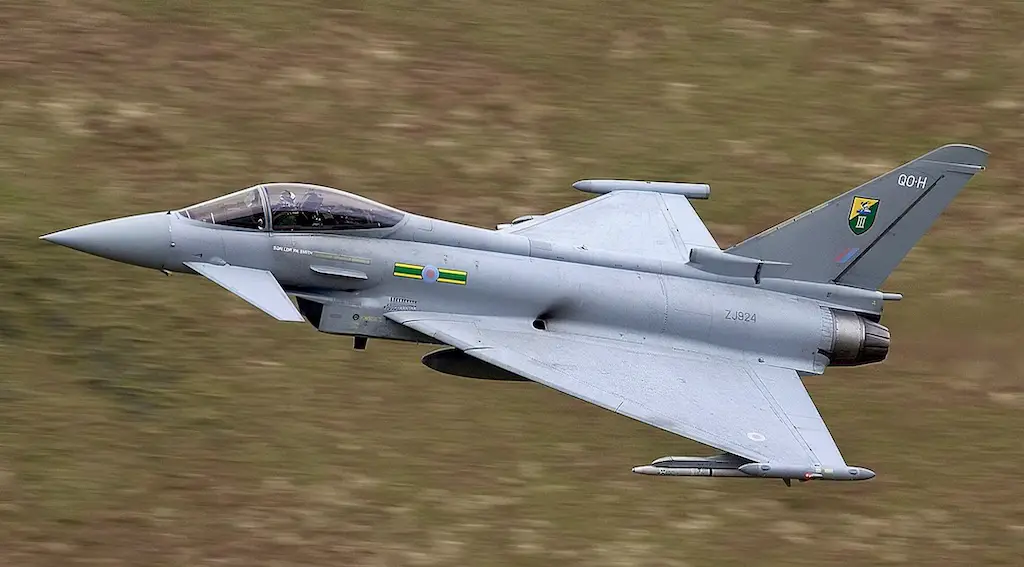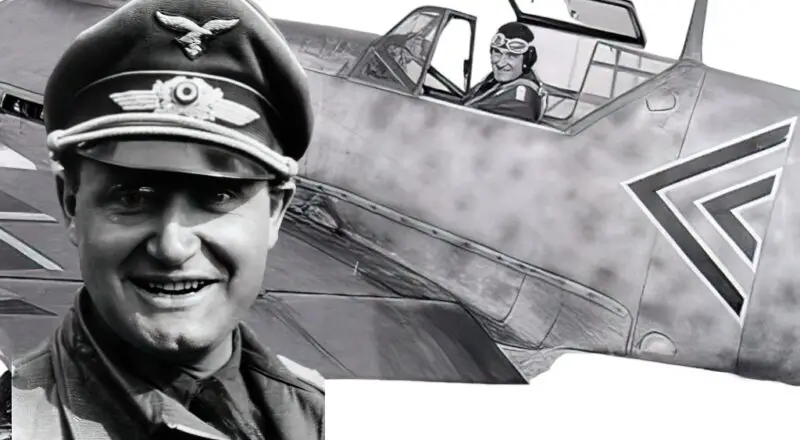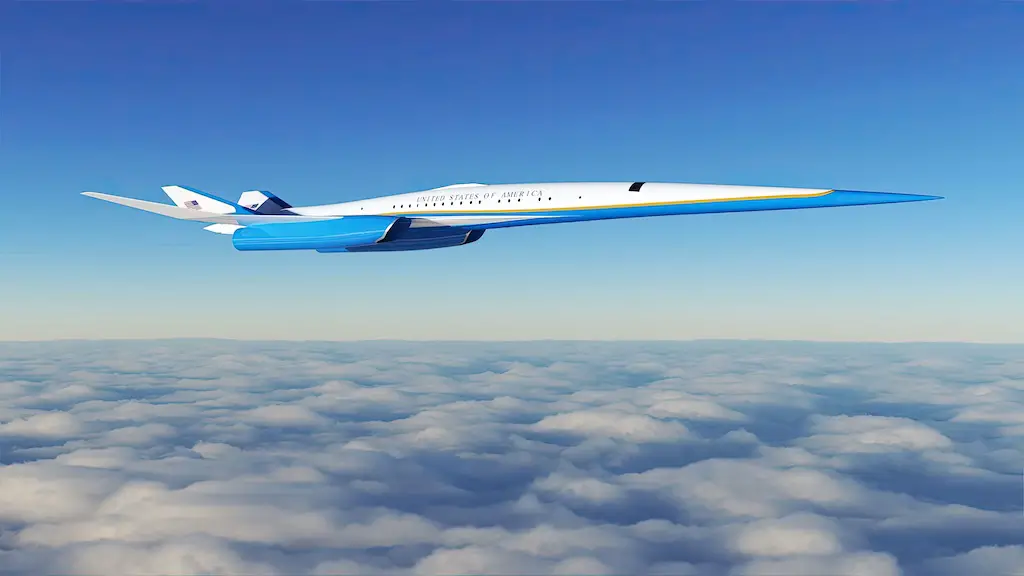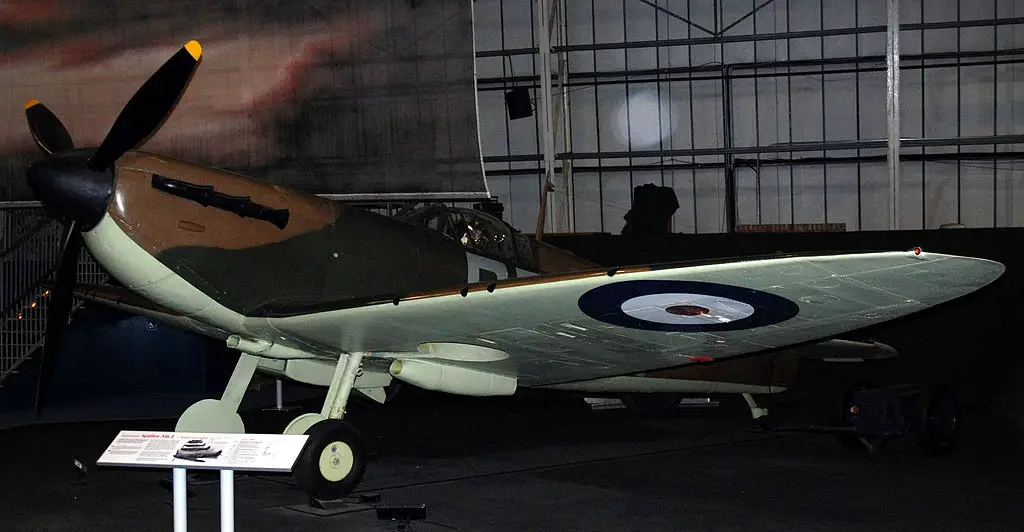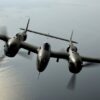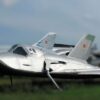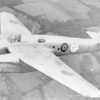We are sure by now you’ve seen the incredible movie that is Dunkirk featuring actor Tom Hardy starring as the pilot of a Royal Air Force Spitfire. Tom Hardy and his Spitfire aircraft are seen fighting off the Germans and if you remember he kept a keen eye on his ever dwindling fuel. Thus eventually due to lack of fuel he has to make a forced landing on the beach only to be captured by the Germans. Well that aircraft was based on the true story of none other than Supermarine Spitfire ‘N3200’ and the Captain of the No. 19 squadron, Geoffrey Stephenson.
Built in Southampton, England
The Supermarine Spitfire 1a ‘N3200′ / QV’ (G-CFGJ) was built in Southampton in 1939. It was then issued to No 19 Squadron at RAF Duxford in April 1940. On May 10 1940, Germany invaded France and the Low Countries, pushing the British Expeditionary Force (BEF), along with French and Belgian troops, back to the French port of Dunkirk.
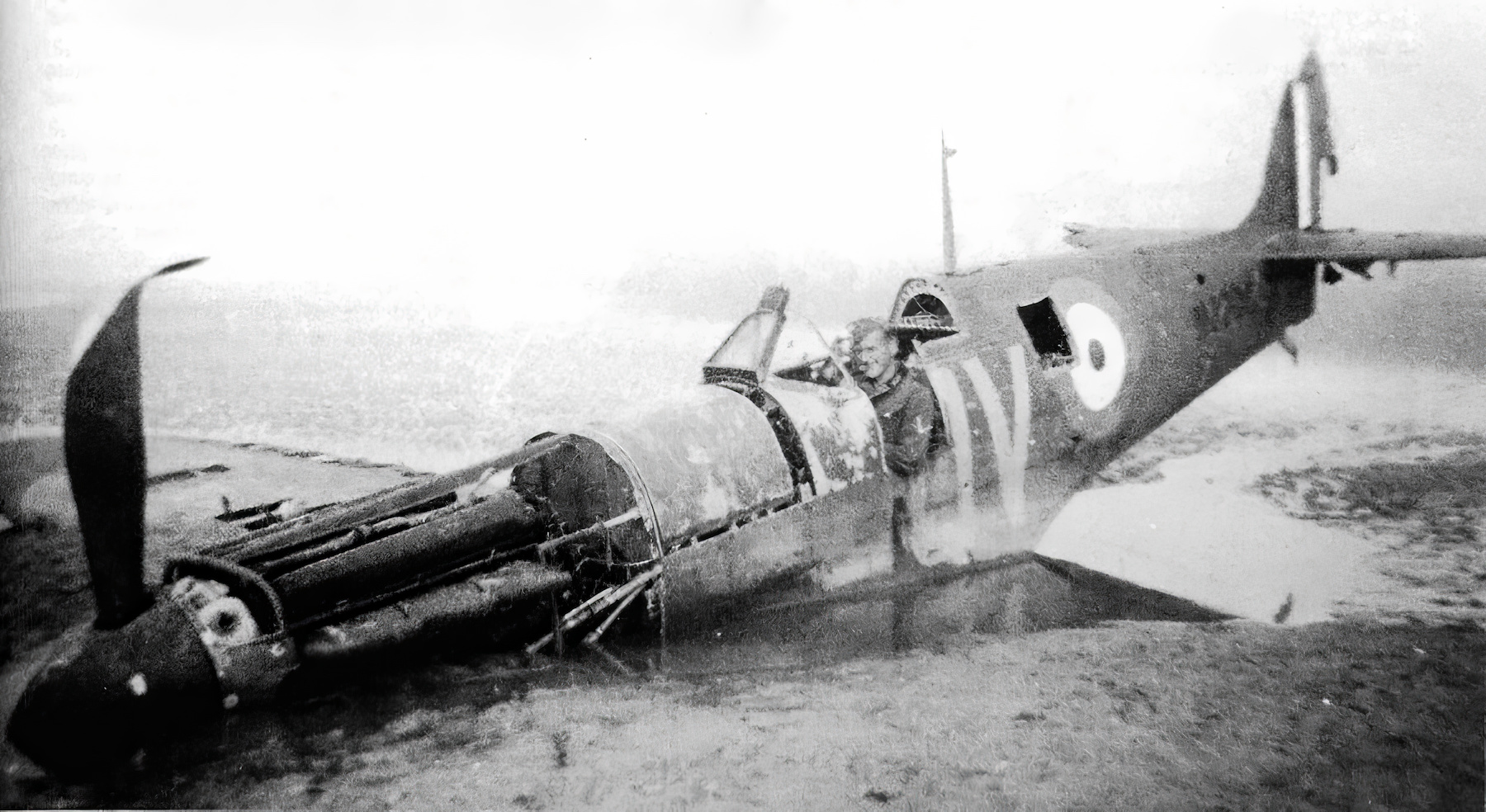
Dunkirk
The BEF was in danger of being captured while stranded on the beaches of Dunkirk, which would have resulted in the loss of Britain’s sole trained soldiers and the demise of the Allied cause. In order to transport the troops back to Britain, the Royal Navy hastily organized an emergency evacuation known as “Operation Dynamo.”
Operation Dynamo, which saw the Royal Air Force sending every available aircraft to protect the evacuation, got underway on May 26. Geoffrey Stephenson, the Captain of the No. 19 squadron, flew the Spitfire N3200 during its sole mission, a patrol to cover the evacuation of Allied soldiers.
Lost and Found
Stephenson was shot down after shooting down a Junkers Ju 87 Stuka dive-bomber. He was apprehended after crashing on a beach in Sangatte, close to Calais. Stephenson spent the remainder of the war as a prisoner of war, including time at Colditz Castle Meanwhile his Spitfire slowly sank beneath the sand.
After the war Stephenson continued working with the RAF but tragically lost his life in a test flight over the United States in 1954. In 1986 more than 45 years after it sank, his Spitfire was discovered in the French sands. Although the wreckage was largely intact when it was excavated that spring, only a small number of its components could be saved.
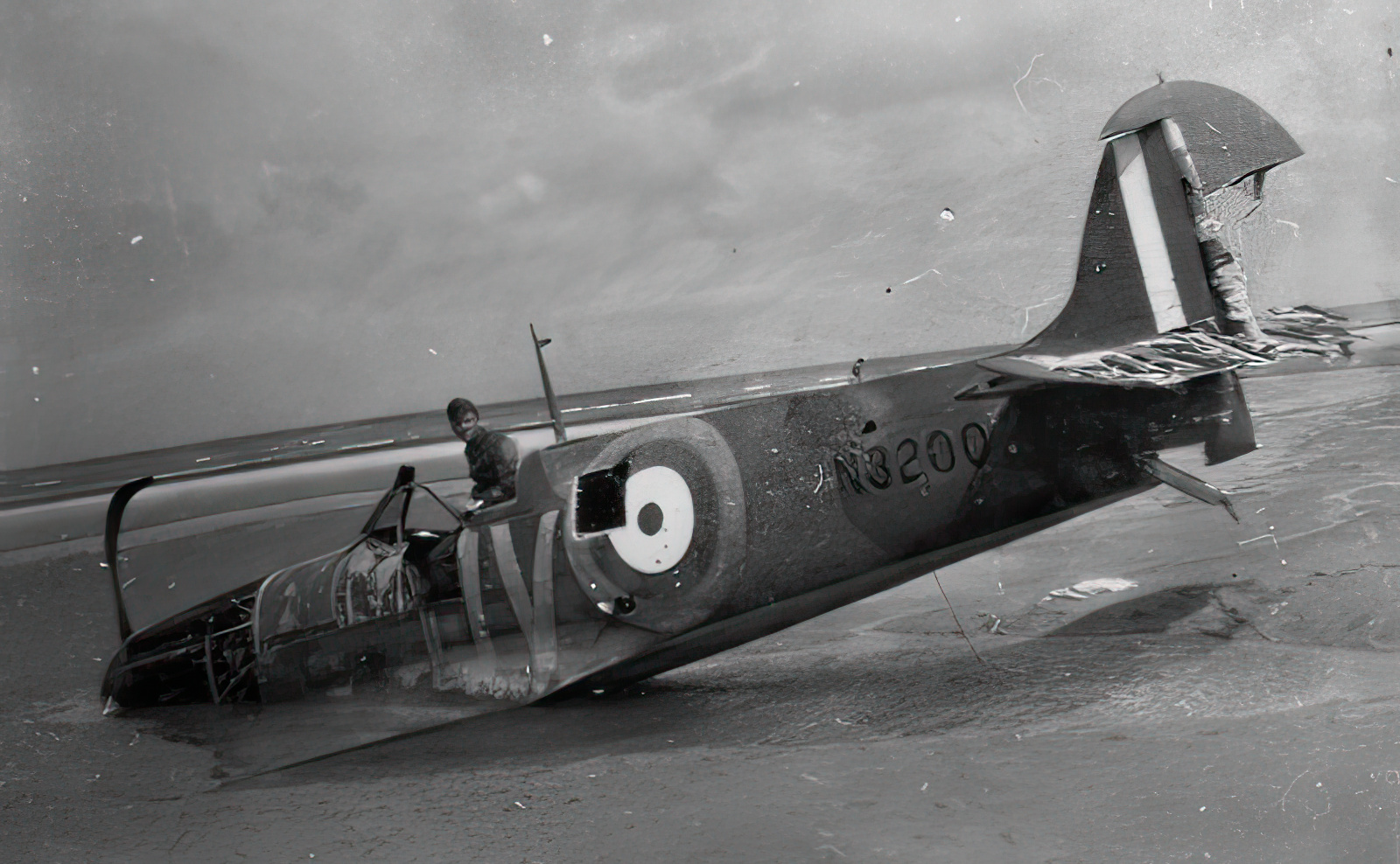
Back in Air
After the recovery of the wreckage, Dr. Thomas Kaplan and Simon Marsh bought Spitfire N3200 in 2000. They hired Historic Flying Limited to perform the extensive work necessary to restore the Spitfire to its former splendor because they were committed to preserving this historic aircraft.
This remarkable aircraft was extensively restored and made it back into the air in 2014. Dr. Kaplan and his family kindly donated it to IWM and the country in 2015. This generous donation makes it possible for future generations to treasure the Spitfire and tell its story.
